When Prince Albert died in 1861, aged 42, Queen Victoria, after briefly losing the use of her legs, ordered that every room and corridor in Windsor Castle should be draped in black crepe. As a result, the country’s entire stock of black crepe was exhausted in a single week.
One of the key factors of Victoria’s reign for Michael Dennison is that it was — not always consciously — a ‘performance monarchy’, in which the Queen sat in carefully fashioned stage-sets at Windsor, Balmoral or Osborne being discreetly ogled by the populace. This public posturing helped gloss over Victoria’s ‘dizzying’ contradictions, and the purpose of this short biography is to bring them back out of the shadows. To disinter them as it were, from yards and yards of black crepe.
Given her upbringing, it’s hardly surprising that Victoria suffered from a manic compulsion to move the goalposts every time she trotted onto the pitch. She wouldn’t have become Queen at all if it hadn’t been for the sudden death of her cousin Charlotte — a woman who Dennison tells us was very ‘slapdash in the cleanliness of her undergarments’, not that this seems to have been a factor in her death.
Although possessed of higher standards of hygiene, Victoria’s parents had little else to recommend them. Her mother, the Duchess of Kent, was described by a contemporary as ‘the most mediocre person it would be possible to meet’. As for her father, the Duke, he was a sadistic oaf who, while Governor of Gibraltar, once sentenced a man to 900 lashes.
Growing up in Kensington Palace, Victoria was not permitted to walk downstairs without someone holding her hand. She also had to show her mother her diary ever night in case it contained evidence of mental slackness. The moment she became Queen and moved into Buckingham Palace, she banished her by-now widowed mother to an apartment as far from her own as possible. The Duchess responded — rather brilliantly — by presenting her daughter on her 37th birthday with a copy of King Lear, ‘Shakespeare’s tragedy of ingratitude’.
Throughout her life Victoria latched onto a series of father figures — Melbourne, her uncle Leopold, King of the Belgians and, to some degree, Albert himself. In fact, Albert was the same age as her and, despite his frenzy for self-improvement, a bit of a moaning minny, always banging on about the state of his stomach and complaining about the rotten hand he’d been dealt — ‘I go on working on my treadmill as life seems to me,’ he wrote dolefully to his brother a few months before his death. Yet Victoria, of course, adored him and refused to let go of his hand after he had died, even when it was stone cold.
At times, Dennison’s prose sounds weirdly reminiscent of Yoda from Star Wars: ‘Foolish she may have been, unfortunate too in the mortality of her husbands’ (of Victoria’s mother). At others, the spirit of Barbara Cartland seems to be breathing in his ear. Victoria, he writes, ‘emerged from confinement into shafts of sunlight’, just as ‘dawn gilded a sleeping city’.
But his description of her ‘amphibious glare’ is very good and he’s done an adroit and incisive job of tying together Victoria’s many loose ends. By her Golden Jubilee in 1886, commerce and the monarchy had hunkered down as never before. Punters in London were able to buy a patent automatic bustle which played ‘God Save the Queen’ whenever the wearer sat down.
They were also able to gaze, awestruck, at a firework portrait of Victoria 180 feet high and 200 feet wide — this alone gives you a good idea of how she had filled out. But due to a technical hitch, the portrait did something that the real Victoria seldom, if ever, did, in private or in public: it winked.
Got something to add? Join the discussion and comment below.
Get 10 issues for just $10
Subscribe to The Spectator Australia today for the next 10 magazine issues, plus full online access, for just $10.
You might disagree with half of it, but you’ll enjoy reading all of it. Try your first month for free, then just $2 a week for the remainder of your first year.

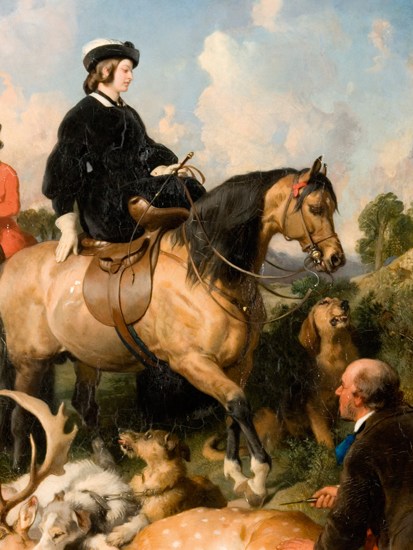
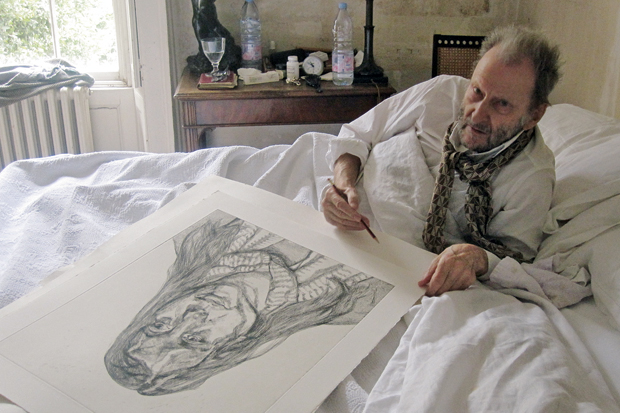
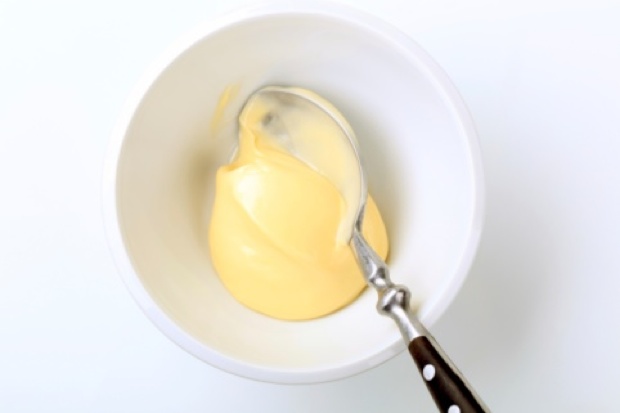
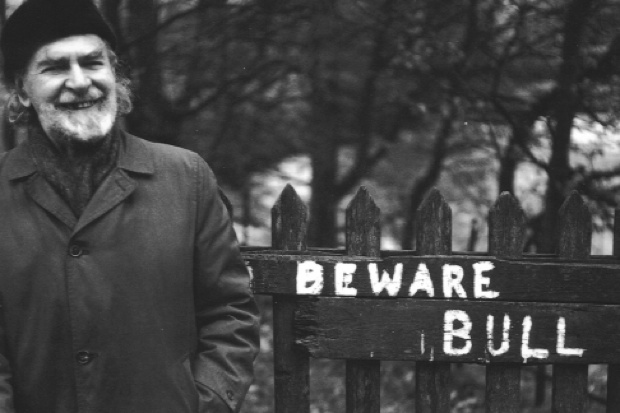
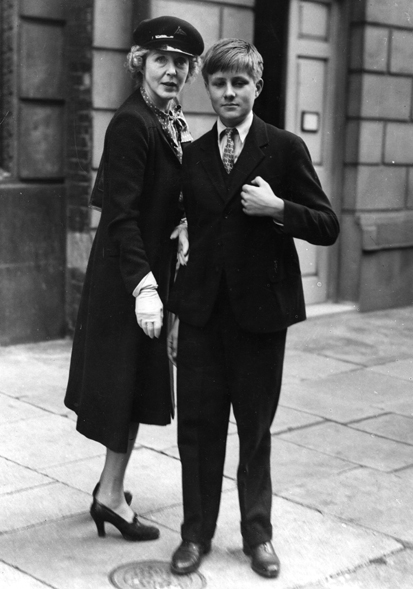
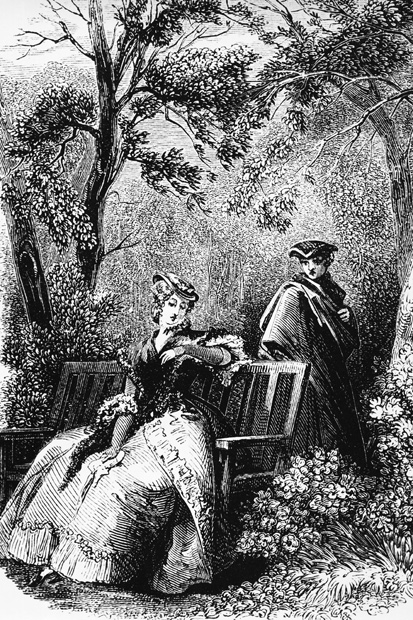







Comments
Don't miss out
Join the conversation with other Spectator Australia readers. Subscribe to leave a comment.
SUBSCRIBEAlready a subscriber? Log in